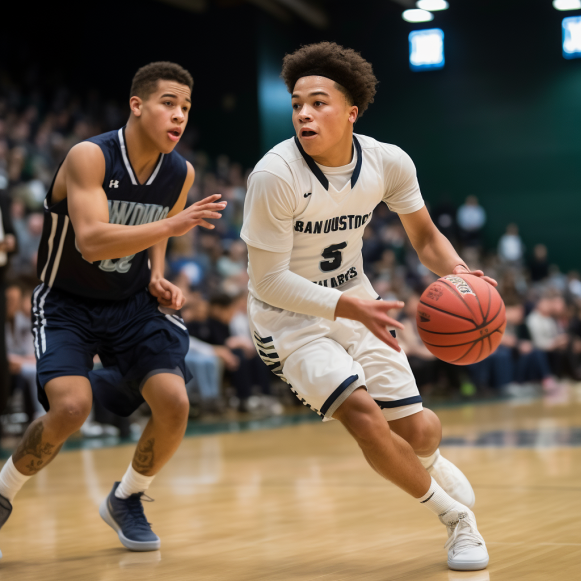Pac-12 chaos: Washington State, Oregon State in holding pattern as their ADs offer insight into legal action
Move to schedule a board meeting was the “tipping point”
Washington State athletic director Pat Chun expressed deep frustration on Friday with the ongoing lack of clarity regarding Pac-12 assets and liabilities, which are at the heart of a legal dispute over conference control.
Chun addressed the Pac-12’s leadership situation along the way.
“There is none,” he stated. “That’s why Washington State and Oregon State need to step up and provide it.”
On Friday, the presidents of the Pac-12’s two remaining schools filed a lawsuit against the conference and commissioner George Kliavkoff.
WSU’s Kirk Schulz and Oregon State’s Jayathi Murthy are seeking a declaratory judgment on the Pac-12 board of directors’ composition as well as a temporary restraining order to prevent the ten outgoing schools from voting on key strategic and financial issues.
Since early last month, when five schools announced their departures, WSU and OSU have been attempting to gain a firm understanding of the Pac-12’s assets and liabilities. Since then, Stanford and Cal have announced their intentions to leave, leaving only the Cougars and Beavers as members beginning next summer.
“The temporary restraining order is not something we wanted to do, but we felt it was necessary to continue exploring the options we have,” Oregon State athletic director Scott Barnes said Friday.
Kliavkoff’s decision to call the board of directors for a meeting on Sept. 13 prompted Barnes to take legal action against the conference. He invited the presidents of all 12 schools, despite the fact that ten have already agreed to join other leagues.
Kliavkoff’s decision to include every president “was the tipping point,” Barnes said, for the Beavers and Cougars to “protect our student-athletes’ rights.” That is our top priority: putting our student-athletes in the best possible position.”
After USC and UCLA announced their intentions to join the Big Ten in the summer of 2022, the Pac-12 barred the two schools from future board of directors meetings. It did the same to Colorado after the Buffaloes announced their departure for the Big 12 on July 27.
However, on August 29, Kliavkoff invited all 12 presidents to a board meeting scheduled for the week of September 11 — including the board members who had previously been excluded.
“Based on the conference’s behavior over the past 24 months,” Chun said, “it’s clear that the board is the presidents of Washington State and Oregon State.”
WSU and OSU are considering at least two possibilities:
— In a traditional realignment move, join the Mountain West in time for the 2024 football season.
— Rebuild the Pac-12, most likely through a reverse merger with Mountain West schools.
To make a final decision, they need a complete understanding of the Pac-12’s assets and liabilities, as well as clarity on the composition of the board that controls the finances.
“I’m not sure why they haven’t acted,” Chun said of the conference office’s strategy. “For the institutions, time is of the essence.
“It’s unacceptable that we don’t have the transparency we need to conduct an analysis.” We require complete transparency regarding assets and liabilities.”
Chun responded to a question about WSU’s status by saying:
“We’re back where we started, trying to weigh all of our options.” And the one that is taking the longest is the Pac-12’s future.”
Barnes stated that the legal action taken on Friday “will not halt our ongoing discussions” about a way forward.
He refused to speak about Kliavkoff’s leadership.
“I have expressed my dissatisfaction with the slow process of obtaining information,” he said.






